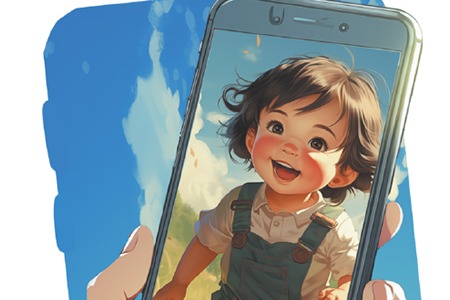Power of The Blue Lotus

 |
Herge's Tintin dramatically changed in 1934, when the cartoonist was introduced to Chang Chong-chen, a Chinese art student studying in Brussels, who explained Chinese politics, culture, language, art, and philosophy to him.
Herg used this local knowledge to great effect in The Blue Lotus, the fourth book in the 24-book series and the adventurous Belgian reporter was never the same again.
Chang even added some of the Chinese features of the story himself, writing inscriptions on the walls, posters, banners and signs as well as some heartfelt slogans denoucing colonialism and corruption of every kind.
Not content with adding the odd vase of print, he gently guided his friend helping him to loosen up and refine his artistic style.
Their great friendship led to Chang becoming a hero alongside Tintin in The Blue Lotus.
The Blue Lotus became a blueprint for Herge's following works, which were much more meticulously researched than his earlier work.
Today's Top News
- Pakistani minister hails high-tech ties with China
- China-US trade ties crucial for global growth
- Prospering Xizang sees surge in overseas visitors
- Central govt has final say on reincarnation of Dalai Lama
- Manila fueling tensions with its solicitations: China Daily editorial
- Bundling trade with other issues coercive approach demolishing rules-based order: China Daily editorial






























